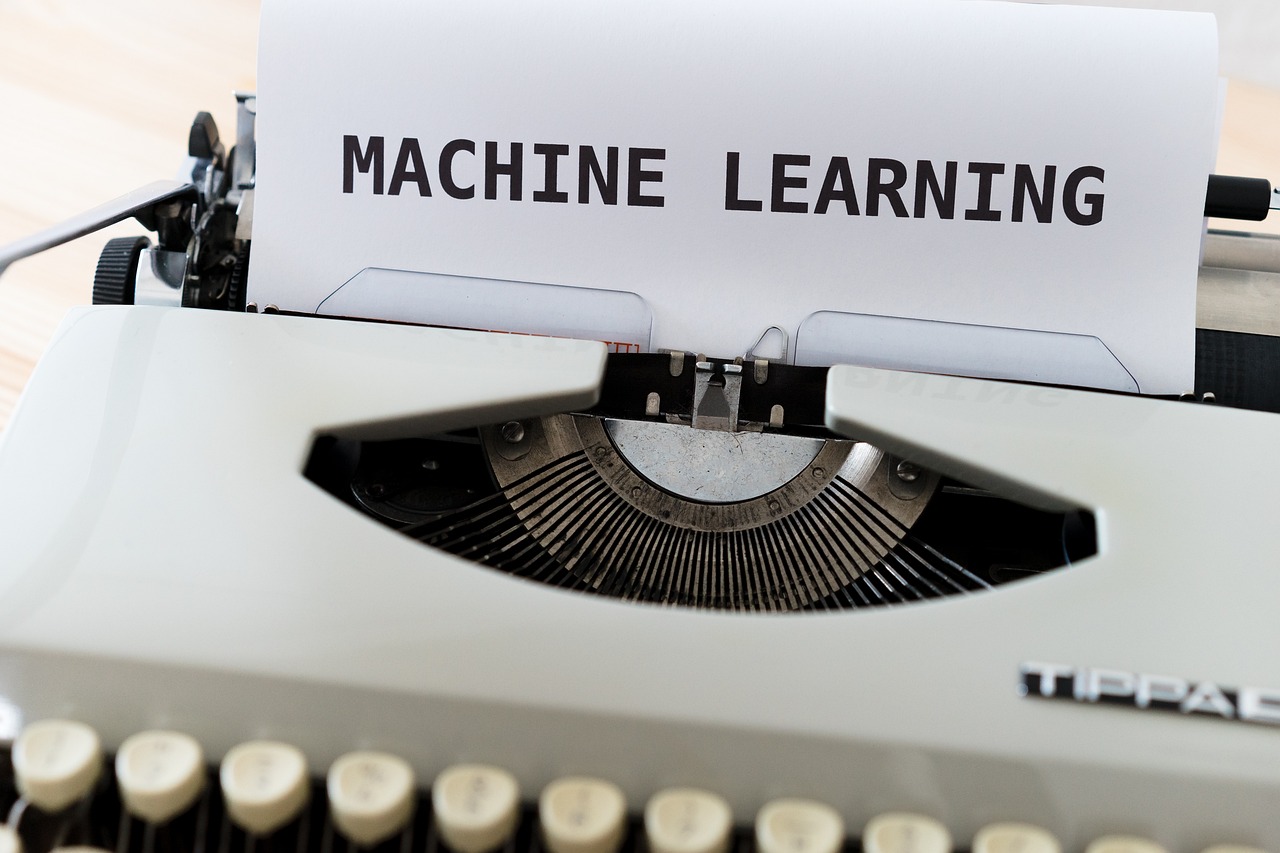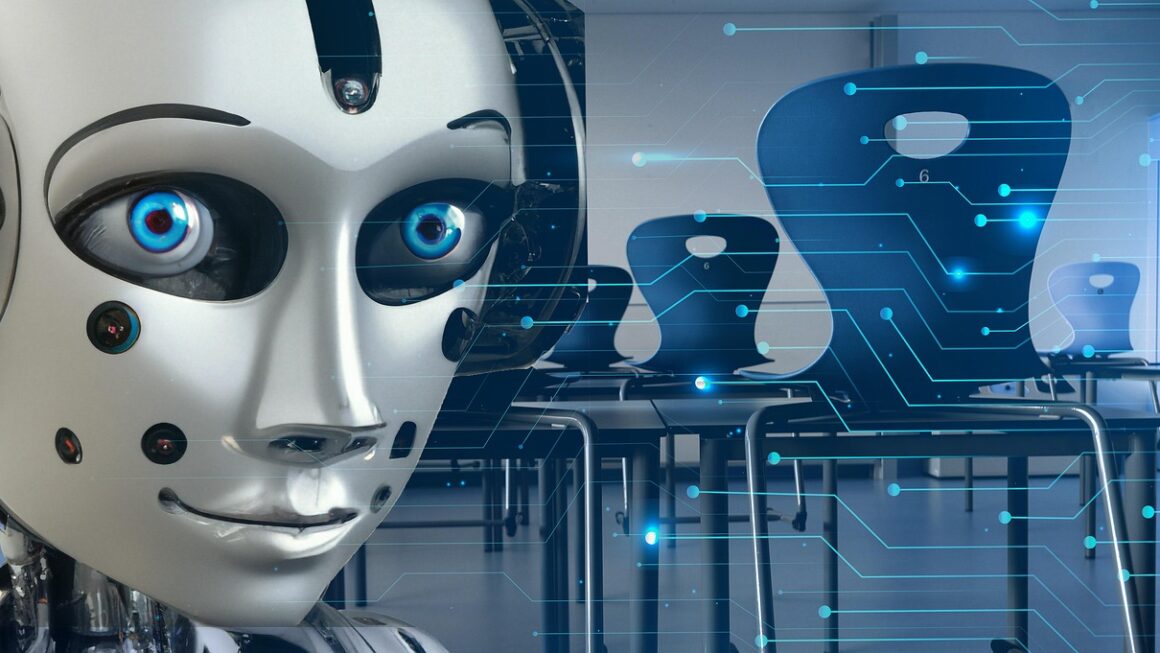
Imagine robots working tirelessly alongside humans, not just performing repetitive tasks, but learning, adapting, and making intelligent decisions in real-time. This isn’t science fiction; it’s the rapidly evolving reality of AI robotics. By integrating artificial intelligence with robotics, we’re creating systems that can automate complex processes, improve efficiency, and even open up new possibilities across industries. This blog post explores the exciting world of AI robotics, covering its applications, benefits, challenges, and future outlook.
What is AI Robotics?
Defining AI Robotics
AI robotics is the intersection of artificial intelligence and robotics. It involves equipping robots with the ability to perceive their environment, learn from data, and make decisions to perform tasks autonomously. This goes beyond traditional robotics, which relies on pre-programmed instructions to execute specific actions. AI-powered robots can adapt to changing conditions and handle unforeseen circumstances.
Key Components of AI Robotics
AI robotics relies on several key components:
- Sensors: These devices gather data about the robot’s surroundings, including vision sensors (cameras), force sensors, proximity sensors, and more.
- Actuators: These are the components that allow the robot to move and interact with the environment, such as motors, gears, and grippers.
- AI Algorithms: These algorithms, including machine learning, deep learning, and computer vision, enable the robot to process sensory data, learn from experience, and make intelligent decisions.
- Control Systems: These systems manage the robot’s movements and actions, ensuring that it performs tasks accurately and efficiently.
The Evolution from Traditional Robotics
Traditional robotics typically involves robots that are programmed to perform a specific set of tasks repeatedly. These robots are often used in manufacturing for tasks like welding or assembly. AI robotics, on the other hand, represents a significant leap forward. Unlike their predecessors, AI robots can:
- Adapt: They can adjust their behavior based on changes in their environment.
- Learn: They can improve their performance over time through machine learning.
- Problem-solve: They can make decisions and solve problems without explicit programming for every possible scenario.
- Operate autonomously: They can navigate and operate in dynamic environments.
Applications of AI Robotics Across Industries
Manufacturing
AI robotics is transforming manufacturing by enabling greater automation, improved efficiency, and enhanced quality control.
- Automated Assembly Lines: AI-powered robots can assemble products with greater speed and precision than humans. For example, in automotive manufacturing, robots can handle complex tasks like welding, painting, and component assembly.
- Quality Inspection: AI robots equipped with computer vision can inspect products for defects with high accuracy, reducing the risk of faulty products reaching consumers.
- Predictive Maintenance: AI algorithms can analyze data from sensors on robotic equipment to predict when maintenance is needed, minimizing downtime and reducing costs.
Healthcare
AI robotics is revolutionizing healthcare by improving patient care, streamlining operations, and enabling new medical procedures.
- Surgical Robots: Robots like the da Vinci Surgical System allow surgeons to perform complex procedures with greater precision and control, leading to better outcomes for patients.
- Rehabilitation Robots: Robots can assist patients with physical therapy, helping them regain mobility and strength after injuries or illnesses.
- Automated Medication Dispensing: Robots can automate the dispensing of medications in pharmacies, reducing errors and improving efficiency.
- Disinfection Robots: Robots equipped with UV lights or other disinfecting agents can autonomously disinfect hospital rooms, reducing the spread of infections.
Logistics and Supply Chain
AI robotics is optimizing logistics and supply chain operations by automating tasks, improving efficiency, and reducing costs.
- Warehouse Automation: Robots can automate tasks like picking, packing, and sorting items in warehouses, increasing throughput and reducing labor costs. Amazon uses thousands of robots in its warehouses to improve efficiency.
- Autonomous Delivery Vehicles: AI-powered vehicles can deliver packages and goods to customers autonomously, reducing delivery times and costs. Companies like Starship Technologies are deploying delivery robots in urban areas.
- Inventory Management: AI robots can track inventory levels in real-time, helping companies optimize their supply chains and reduce waste.
Agriculture
AI robotics is helping farmers improve crop yields, reduce costs, and minimize environmental impact.
- Autonomous Tractors: AI-powered tractors can plant, fertilize, and harvest crops autonomously, reducing the need for human labor and improving efficiency.
- Precision Agriculture: AI robots equipped with sensors and cameras can monitor crop health and identify areas that need attention, allowing farmers to apply pesticides and fertilizers more precisely.
- Weed Control: Robots can autonomously identify and remove weeds, reducing the need for herbicides and promoting sustainable farming practices.
Benefits of Implementing AI Robotics
Increased Efficiency and Productivity
AI robots can work continuously without fatigue, leading to increased efficiency and productivity.
- They can perform tasks faster and more accurately than humans.
- They can operate 24/7, maximizing throughput.
Improved Accuracy and Quality
AI robots can perform tasks with greater precision than humans, leading to improved accuracy and quality.
- They can minimize errors and reduce the risk of defects.
- They can ensure consistent quality across all products or services.
Reduced Costs
AI robots can reduce costs by automating tasks, minimizing waste, and improving efficiency.
- They can reduce labor costs.
- They can minimize material waste.
- They can improve energy efficiency.
Enhanced Safety
AI robots can perform tasks that are dangerous or hazardous for humans, improving workplace safety.
- They can handle toxic materials or operate in dangerous environments.
- They can reduce the risk of accidents and injuries.
Data-Driven Insights
AI robots can collect and analyze data, providing valuable insights that can be used to improve operations and make better decisions.
- They can track performance metrics in real-time.
- They can identify trends and patterns.
- They can optimize processes based on data-driven insights.
Challenges and Considerations
High Initial Investment
Implementing AI robotics can require a significant upfront investment in hardware, software, and training.
- Companies need to carefully evaluate the costs and benefits before investing in AI robotics.
- Consider leasing or renting robots as an alternative to purchasing.
Integration Complexity
Integrating AI robotics into existing systems can be complex and require specialized expertise.
- Companies need to ensure that their existing infrastructure is compatible with AI robotics.
- Partner with experienced AI robotics vendors to ensure successful integration.
Data Security and Privacy
AI robots collect and process large amounts of data, raising concerns about data security and privacy.
- Companies need to implement robust security measures to protect sensitive data.
- Ensure compliance with data privacy regulations like GDPR and CCPA.
Ethical Considerations
AI robotics raises ethical considerations related to job displacement, bias, and accountability.
- Companies need to consider the social and ethical implications of AI robotics.
- Develop policies to mitigate potential risks and ensure responsible use of AI.
Skill Gap
Operating and maintaining AI robots requires specialized skills, which may be in short supply.
- Invest in training and education programs to develop the necessary skills.
- Partner with universities and vocational schools to build a pipeline of skilled workers.
Conclusion
AI robotics is poised to transform industries by automating tasks, improving efficiency, and enabling new possibilities. While there are challenges to overcome, the benefits of AI robotics are undeniable. As AI technology continues to advance, we can expect to see even more innovative applications of AI robotics in the years to come. By understanding the potential and challenges of AI robotics, businesses can prepare for the future and leverage this technology to achieve their goals. Embrace the future of automation and discover how AI robotics can revolutionize your operations.



